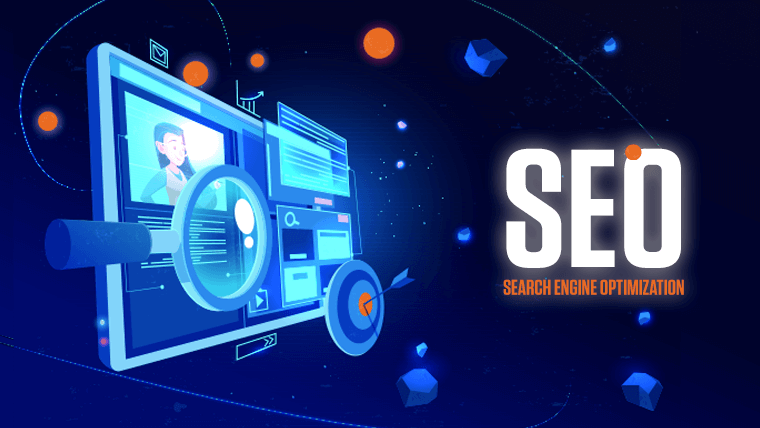In today’s fast-paced digital world, the ability to adapt and deliver swiftly is more important than ever. Agile application development has emerged as a beacon for businesses seeking to innovate and stay ahead of the curve. This blog delves deep into the essence of agile development services, contrasting agile and traditional app development methodologies, and highlighting the advantages of embracing agility in building applications. By adhering to best practices and understanding the agile app development process, companies can significantly enhance their project outcomes. Furthermore, we explore how adapting agility in app building can revolutionize project delivery. Impressico Business Solutions stands as a testament to how agile methodologies can be seamlessly integrated into software development projects, ensuring success and client satisfaction.
What is Agile Application Development?
In the fast-paced world of technology, agile software development stands out as a dynamic approach focused on flexibility, customer satisfaction, and rapid delivery of high-quality software. Unlike traditional methodologies, Agile emphasizes iterative development, where requirements and solutions evolve through the collaborative effort of self-organizing and cross-functional teams. It’s a practice designed to accommodate changing requirements throughout the development process, ensuring the final product is both relevant and of high value to the customer.
The Difference Between Agile and Traditional App Development
Traditional App Development: A Brief Overview
Traditional app development, often referred to as the Waterfall model, is a linear and sequential approach where each phase must be completed before the next begins. This method emphasizes meticulous planning and predictability but is often criticized for its rigidity and inefficiency in accommodating changes.
Agile App Development: A New Era
On the other hand, Agile app development thrives on adaptability and iterative progress. It breaks down the project into manageable units, allowing teams to incorporate feedback and make adjustments rapidly. This key difference not only accelerates the development process but also enhances collaboration and customer satisfaction.
Advantages of Building Applications the Agile Way
Agile development offers numerous benefits, including:
- Flexibility: Agile methodologies allow for changes in project scope, adapting to new insights and customer feedback throughout the development cycle.
- Customer Satisfaction: By involving the customer in the development process and prioritizing their feedback, Agile ensures the end product aligns closely with customer needs.
- Risk Management: Regular iterations and feedback loops in Agile development help identify and address risks early, preventing them from escalating.
- Efficiency: Agile practices, such as continuous integration and delivery, streamline the development process and reduce time to market.
Agile Application Development: Best Practices
To maximize the benefits of Agile development, consider these best practices:
- Embrace Change: Be prepared to adapt plans based on feedback and evolving requirements.
- Prioritize Customer Involvement: Regularly consult with the customer to ensure the project meets their needs.
- Maintain Simplicity: Focus on what’s necessary to deliver value and avoid overcomplicating the development process.
- Foster Collaboration: Encourage open communication and collaboration within the team and with stakeholders.
The Agile App Development Process
The Agile development process is cyclical and consists of the following stages:
- Planning: Define the project scope and create a roadmap.
- Design: Develop prototypes and design the application architecture.
- Development: Code the application in iterative cycles, incorporating feedback.
- Testing: Continuously test the application to ensure quality and functionality.
- Deployment: Release the application to the production environment.
- Review: Evaluate the current iteration and plan for the next cycle.
How to Adapt Agility to Build Apps
Adapting Agile practices requires a shift in mindset and operations. Start by training your team on Agile principles and methodologies. Implement tools that support Agile processes, such as Scrum or Kanban boards. Most importantly, cultivate a culture of flexibility, openness, and continuous improvement.
Conclusion
Agile application development represents a revolutionary approach to building software, offering unparalleled flexibility, efficiency, and customer satisfaction. By adopting Agile methodologies and best practices, companies can not only streamline their development processes but also produce superior applications that meet the ever-changing demands of the market.
Impressico Business Solutions specializes in providing agile development services. As a seasoned agile software development company with expertise in offshore software development services, Impressico is uniquely positioned to help businesses navigate the complexities of Agile app development. From initial planning to final deployment, Impressico ensures a smooth, transparent, and efficient development process, tailored to meet the specific needs of your project.
FAQ’s
What is Agile Development?
Agile development is a method of software development that emphasizes flexibility, customer participation, and iterative progress towards a well-defined goal.
How Does Agile Compare to Traditional Development Methods?
Agile differs from traditional methods by focusing on collaboration, customer feedback, and small, rapid releases rather than a single, extensive planning phase and delivery.
Why Choose Agile for Application Development?
Agile allows for more flexibility, faster response to changes, and improved customer satisfaction through continuous feedback and adjustments.
Can Agile Be Used for Large-Scale Projects?
Yes, agile methodologies can be scaled for large projects through frameworks such as SAFe (Scaled Agile Framework) and LeSS (Large-Scale Scrum), enabling multiple teams to work collaboratively on complex projects.






